Latest NRAO News
News is managed by NRAO News & Public Information. Questions about News? Have a story to share? Want to interview a scientist or create new media about our telescopes?
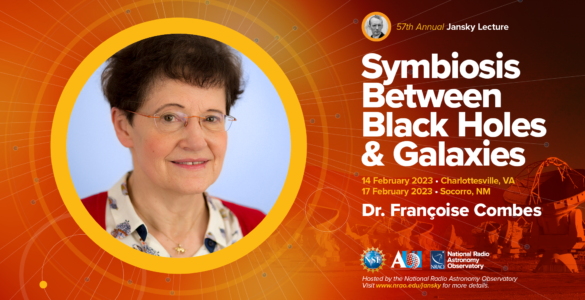
The 2022 Jansky Lectureship, an honor recognizing outstanding contributions to radio astronomy, has been awarded to Professor Françoise Combes, Chair of Galaxies and Cosmology at the College of France and Astronomer at the Paris Observatory. She will deliver the lecture, “Symbiosis between black holes and galaxies,” in Charlottesville, VA, Green Bank, WV, and Socorro, NM, in February of 2023.
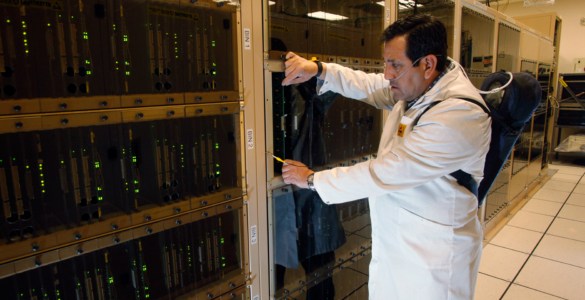
The Board of the Atacama Large Millimeter/submillimeter Array (ALMA)— an international collaboration in which the National Science Foundation’s National…
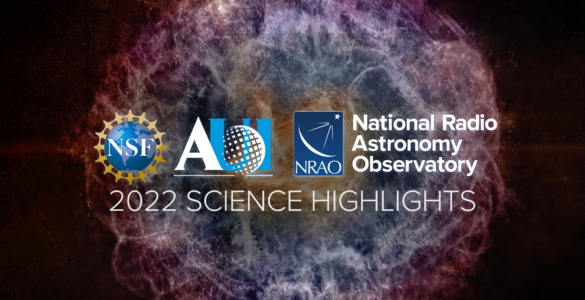
The Universe is a dynamic and exciting place, with stars, planets, and galaxies being born, dying, and undergoing dramatic changes. In 2022, the telescopes of the National Science Foundation’s National Radio Astronomy Observatory (NRAO) revealed fascinating new details about several of these processes, and we’re giving you a taste of the greatest radio astronomy moments of the year.
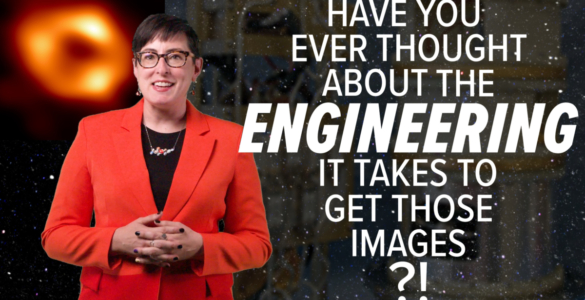
Radio telescopes are powerful tools that allow astronomers to study the Universe. We often read about the discoveries they make, but we rarely get a glimpse of the engineers and technicians that design and build these telescopes. Join our host Summer Ash as she talks about NRAO’s Central Development Laboratory (CDL) and how CDL helps make modern radio astronomy a reality.
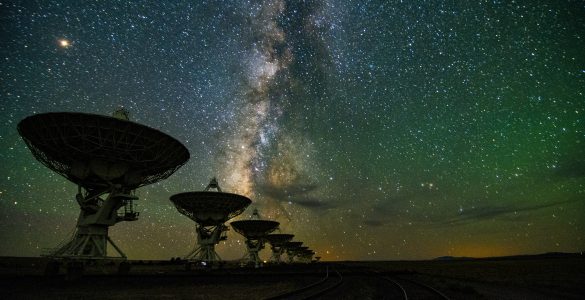
The National Science Foundation (NSF) and SpaceX have finalized a radio spectrum coordination agreement to limit interference from the company’s Starlink satellites to radio astronomy assets operating between 10.6 and 10.7 GHz. The agreement, detailed in a .statement released by NSF today, ensures that Starlink satellite network plans will meet international radio astronomy protection standards, and protect NSF-funded radio astronomy facilities, including the National Radio Astronomy Observatory (NRAO) and the Green Bank Observatory (GBO). The agreement will also positively impact collaborations and cooperation between SpaceX and NSF’s NOIRLab.
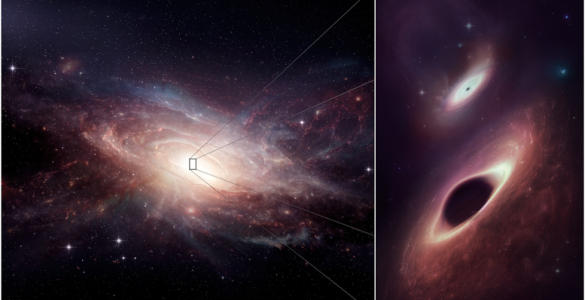
While studying a nearby pair of merging galaxies using the Atacama Large Millimeter/submillimeter Array (ALMA)— an international observatory co-operated by the U.S. National Science Foundation’s National Radio Astronomy Observatory (NRAO)— scientists discovered two supermassive black holes growing simultaneously near the center of the newly coalescing galaxy. These super-hungry giants are the closest together that scientists have ever observed in multiple wavelengths. What’s more, the new research reveals that binary black holes and the galaxy mergers that create them may be surprisingly commonplace in the Universe. The results of the new research were published today in The Astrophysical Journal Letters, and presented in a press conference at the 241st meeting of the American Astronomical Society (AAS) in Seattle, Washington.





